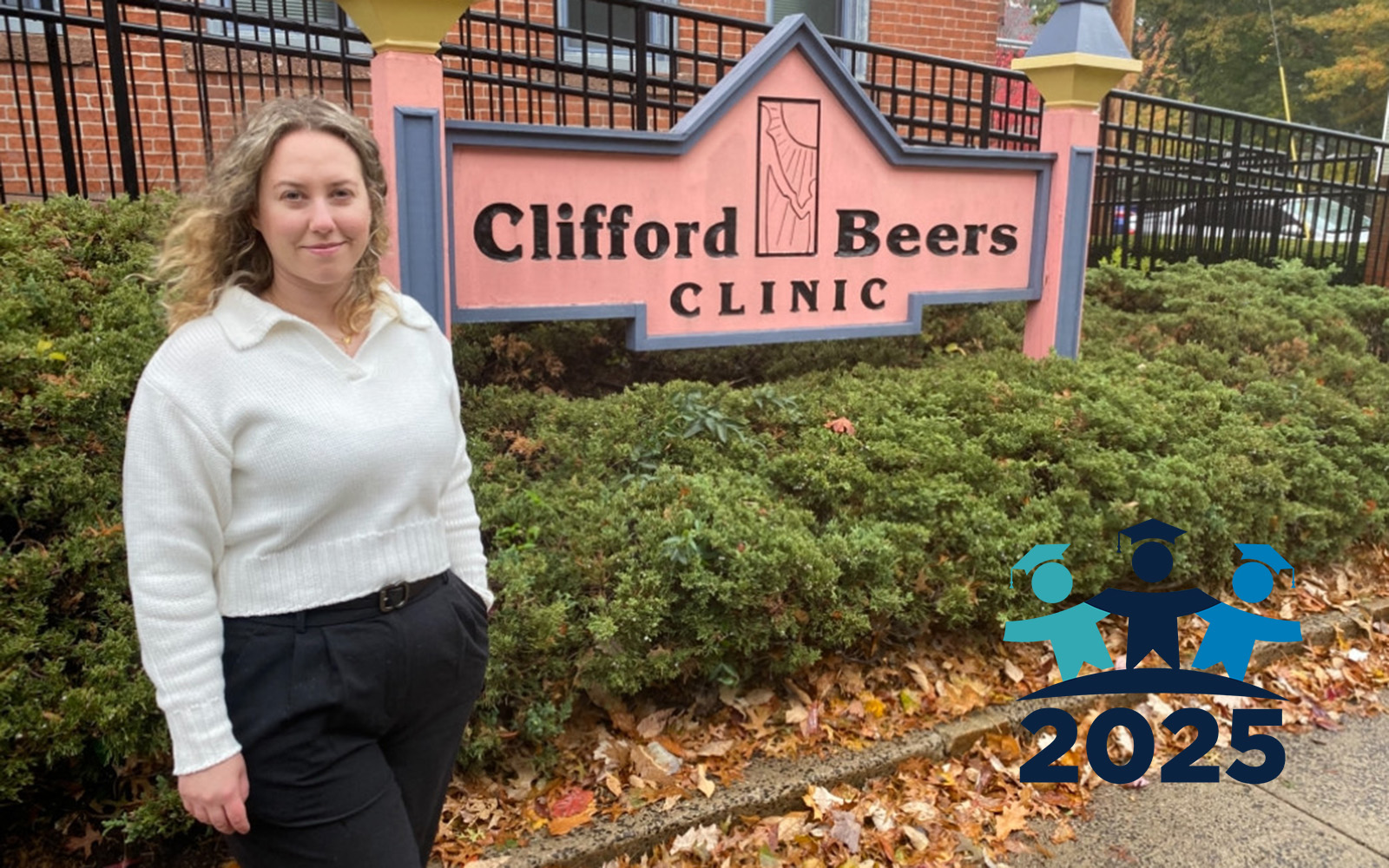Like many U.S. cities, Hartford has a water infrastructure that is aging. The city uses a combined sewer system that routes all rain and wastewater through the same drainage pipes. And Hartford is not alone – urban areas such as New Haven, Norwich, Springfield, Mass., and even Minneapolis, Boston, and New York have traditionally used these systems.
But combined sewers present a problem: when the system overflows, which it often does during strong rainstorms, untreated waste – namely, sewage – can flow directly into streams and rivers, potentially harming plant and animal life. Now, Hartford is making strides to correct this problem, with some help from UConn.

Joseph Bushey, an associate professor in the Department of Civil and Environmental Engineering, has been working with Hartford’s Metropolitan District Commission (MDC) over the past year to determine whether plans to improve the system could have unintended side effects on the environment and public health. By measuring with unprecedented accuracy the amount of waste that overflows during major storms, Bushey and his colleagues Christopher Perkins and Michael Willig from UConn’s Center for Environmental Sciences and Engineering can help the city decide where and how to invest in improvements.
“We’re concerned about nitrogen transport into Long Island Sound,” says Bushey. “Sewage treatment plants and combined sewer systems such as Hartford’s are a significant contributor of nitrogen into the Sound, and we want to know how updating the collection system will affect what we’re sending to the rivers, and ultimately the Sound, right now.”
Separating the system
Combined sewer systems use a network of pipes that collect wastewater from buildings and rainwater from storm drains and send the pooled liquid to water treatment plants. But these systems, says Bushey, are designed to transport and hold only an average amount of the combined sewage, not the peak levels that occur during storms.
So the Hartford system, like other combined collection systems, has more than 30 built-in combined sewer overflows which, during strong storms, release rainwater and untreated sewage directly from pipes into the Park River, Folly Brook, and the Connecticut River.
Similarly, the capacity of Hartford’s treatment plant, the Hartford Water Pollution Control Facility, can also be exceeded, and this increased load of water is sent into an overflow lagoon for storage during a heavy rainfall. But often even these lagoons overflow, and disinfected but otherwise untreated water is directed into nearby streams.
Nitrogen, a major waste product from sewage, then makes its way to Long Island Sound, where it feeds ocean-dwelling algae. If enough nitrogen is available, these algae can multiply, die, and sink to the bottom, depleting the water’s oxygen supply, suffocating animal life, and leading to dead zones.
To address this problem, the MDC is doubling the capacity of its treatment facilities at the Hartford Water Pollution Control Facility, building large storage tunnels under the city to hold the storm flows, and separating its sewer system into two distinct networks of pipes: one for sewage and another for storm runoff. Bushey and his research team are helping the MDC determine how this change will improve water quality.
Focusing on the Hartford Water Pollution Control Facility, Bushey and Perkins are measuring sewage overflows during storms to determine how much nitrogen is currently being released in response to heavy rainfalls. By lowering a specialized capsule – “about the size and shape of R2-D2,” says Bushey – into sewers near the Hartford bus station and at two other locations, the researchers pump samples of water from combined sewer overflows into collection bottles, which they then test for different types of nitrogen in Perkins’ laboratory at the Center for Environmental Sciences and Engineering.
“Our experiment will help MDC decide which portions of the system are a higher priority for separation,” says Bushey. “These results will help determine how separation will affect the total nitrogen impact of resulting overflows, both before and after separation.” Bushey’s data will determine the benefits due to partial separation, as separating the whole system could potentially be prohibitively expensive.
Nitrogen cap-and-trade
Separating the sewer systems could lead to another problem for Hartford’s treatment plants, however. Connecticut is currently the only state that uses a cap-and-trade system for its nitrogen waste, which limits the amount of nitrogen each plant can emit and allows them to trade nitrogen “credits” with other towns that have reduced their emissions below their annual limit. The state plans to gradually lower the cap, or total number of credits allotted to the plants, to reach a final reduction goal in 2014.
The loophole to this system is that the MDC is only regulated on emissions from the plants themselves, and not from the combined sewer overflows scattered around the city. Separating the city’s pipes will increase the wastewater load to these plants, which could result in higher recorded nitrogen emissions. In addition, stormwater will not be treated before discharge under the separated system.
“It’s like taking something out of one pocket and putting in into another,” says Bushey. “If we separate and improve the piping system, the plants may discharge more nitrogen.” This, he says, could put individual plants above their credit limit, throwing off the cap-and-trade balance.
In response to this problem, the MDC has commissioned the construction of a computer model of the Hartford wastewater system. Using data collected from his nitrogen samples, Bushey will be able to predict the nitrogen balance for the whole system. This information will help the MDC learn how modifying its existing system will impact regulated nitrogen releases.
The MDC also has extended Bushey’s sampling to include other contaminants, such as mercury and other trace metals, hormones from birth control pills, and endocrine disruptors such as BPA from plastic bottles. Bushey will be sampling these materials in the coming months.
As for the drainage system, Bushey views his work as a step in the right direction, with lots of future work to be done.
“This is not a new problem, just a difficult one to address, given the general state of the infrastructure,” he says. “This study will help us figure out more specifically how we can best address the nitrogen load throughout the Hartford system. The Department of Environmental Protection will then be able to use the information to better define its nitrogen control program statewide.”


